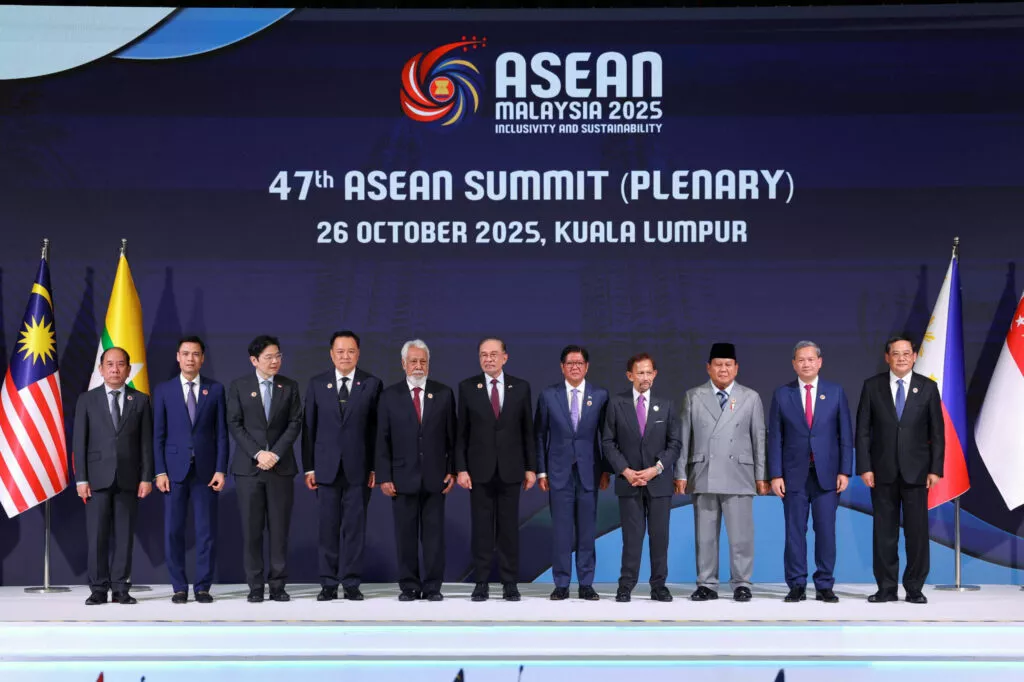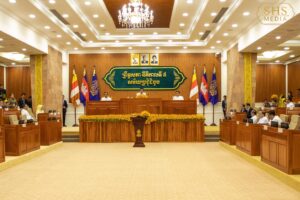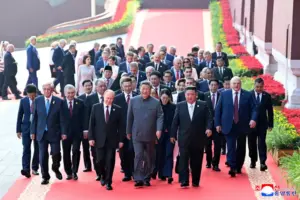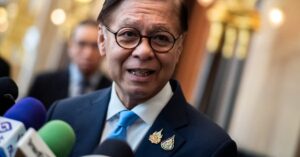ASEAN at the centre of the struggle for open trade
The 2025 ASEAN Summit in Kuala Lumpur takes place at a critical moment for the global economic order. While it might appear strange that a seemingly loose group of countries in Southeast Asia hold the future of that order in their hands, ASEAN — still among the world’s most dynamic and integrated economies — has jumped to the defence of regional and global economic openness.
Judging by the summit’s attendance — US President Donald Trump, Chinese Premier Li Qiang, Japan’s new Prime Minister Sanae Takaichi, Brazilian President Luiz Inacio Lula da Silva, South African President Cyril Ramaphosa and other leaders of major economies within and outside the region — the convening power of ASEAN is well recognised.
It’s not just the outcomes of the summit itself that are important. Two parallel processes make this week’s ASEAN Plus meetings uniquely consequential.
One is the Regional Comprehensive Economic Partnership (RCEP) Leaders’ Meeting — the first since 2020, when leaders met virtually to sign the agreement. That the meeting is occurring is a testament to the deft diplomacy of Malaysia as ASEAN Chair. Frozen in the spotlight of Washington’s glare, some major Dialogue Partners in the region were initially reluctant to sign up. The RCEP Leaders’ Meeting holds the promise of both reaffirming global trade rules and advancing regional economic cooperation in an environment where doing so is hard.
The second is a series of separate negotiations with the United States on bilateral deals, which has already yielded agreements with Malaysia and Cambodia.
Beyond Kuala Lumpur, the regional summit season will continue, with Trump scheduled to visit Japan before joining APEC economic leaders in Gyeongju, Korea’s ancient capital, where he is likely to meet with Chinese President Xi Jinping.
It is understandable that so much of the struggle for the future of rules-based trade is occurring in East Asia. Amid talk of deglobalisation, it is easy to overlook just how deeply Asia, and especially ASEAN, is integrated into global production and the gains that are still to be made from even deeper integration.
Most global manufacturing happens in Asia. ASEAN collectively is a top-five economy and is growing robustly. Countries like Malaysia, Vietnam, Thailand and the Philippines are major exporters of the world’s most traded manufactures, including semiconductors, as part of complex supply chains with very high shares of foreign value-added content. Especially through its connection to China, the region is a hub of value chain-dependent production on which much global economic activity relies.
The RCEP Leaders’ Meeting is expected to take stock of progress and push forward implementation of the agreement’s key commitments. But its greater significance may be in providing a much needed injection of political energy and institutional heft into RCEP, which is the world’s largest regional trade agreement, covering more than 30 per cent of global GDP. At its core, the RCEP agreement includes an economic cooperation agenda designed to keep the agreement alive and evolving with the needs of the time. That institutional potential, combined with ASEAN’s strategic neutrality and economic dynamism, makes it a powerful instrument for retaining trust in open trade.
The contrast with the bilateral deals being struck with Washington could not be more stark. These deals may briefly stave off exorbitant tariff threats, but unlike free trade agreements, they normalise discrimination as the default logic of trade policy. The implausible investment pledges that accompany them further entrench the divisive, protection-racket model of trade the United States under Trump has embraced.
Yet outside their dealings with the United States, ASEAN members have continued to invest in multilateral rules. Vietnam this month joined Malaysia, the Philippines and Singapore in signing onto the Multi-Party Interim Appeal Arbitration Arrangement, a body that preserves the WTO’s dispute settlement mechanisms while its appellate body remains paralysed. ASEAN’s neighbours Australia, China, Japan and New Zealand have similarly put their hands up to be accountable to global trade rules and to enjoy their protection.
As ASEAN Chair, Malaysian Prime Minister Anwar Ibrahim has prepared the ground carefully. ‘The success of RCEP will depend on the ability to translate commitments into opportunities’, he told a trade summit last week, urging ASEAN to ‘uphold the principles of openness and unity’ amid uncertainty. ASEAN’s growth is not accidental, Anwar observed, but the product of decades of commitments to economic cooperation and regional institution building.
In this week’s lead article, Shiro Armstrong reflects on this critical moment and Malaysia’s role in seizing it: ‘Very few countries could lead a coalition of the willing to hold the line on joining the wave of protectionist retaliation. That it was Malaysia chairing ASEAN was alphabetical luck. That ASEAN had the established relationships and institutions, alongside the clear recognition of the threat to its economic and political security, was not luck but a product of good strategy’.
Armstrong highlights the dangers now facing the region’s economies. Trump’s tariffs and threats to tax goods based on Chinese-originating content strike at the heart of the connector economies that link global production networks. If such measures become the norm, they would undo decades of integration and herald a descent into closed trade blocs.
Modelling by the East Asian Bureau of Economic Research and the Centre for Strategic and International Studies Jakarta helps quantify what is at stake. Their analysis finds that if RCEP members fully implement their commitments and resist retaliatory tariffs, ASEAN economies could expect GDP to be as much as 13 per cent higher than under a scenario of escalating trade war.
Both the economic and political cases for sticking with openness are overwhelming but the path ahead is fraught with challenges. Implementing RCEP in full would both lift regional incomes and employment as well as help ASEAN project and defend its interests through a strong institutional platform. It would complement other initiatives like the CPTPP and engagement outside the region, such as with the European Union.
As the summit and parallel meetings unfold, ASEAN faces the task of anchoring cooperation and averting fragmentation. The RCEP meeting can send a signal that the region’s economic future will not be decided by power-based bargaining but by negotiating and reinforcing rules that accord with multilateral principles. For a world weary of trade wars and economic nationalism, ASEAN’s message matters.
The EAF Editorial Board is located in the Crawford School of Public Policy, College of Law, Policy and Governance, The Australian National University.
Source: East Asia Forum





